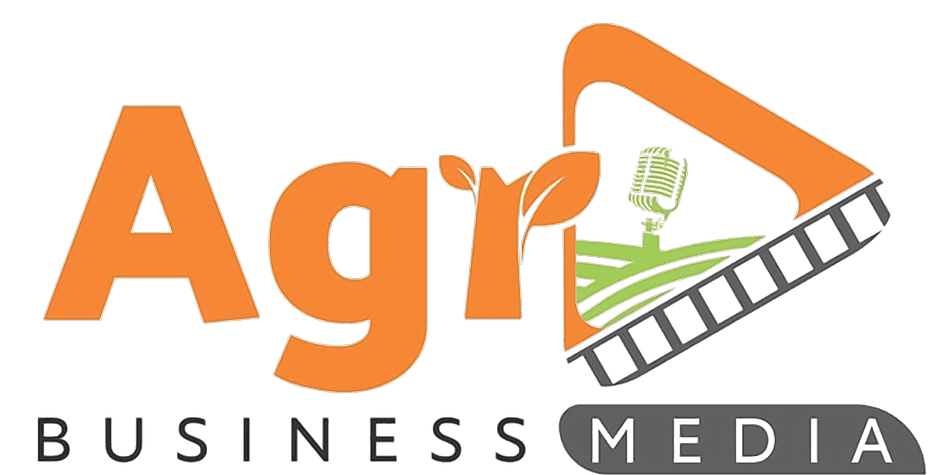Water is a critical resource for agriculture, yet its availability is increasingly threatened by climate change and erratic rainfall patterns. To address these challenges, water harvesting has emerged as a vital solution, allowing farmers to optimize water use, increase crop yields, and enhance resilience. This article explores various water harvesting techniques and their practical applications in sustainable farming.
What is Water Harvesting?
Water harvesting involves collecting and storing rainwater or runoff for future use. It enables farmers to utilize rainwater efficiently, reduce soil erosion, and ensure consistent water supply for crops, even during dry spells. The primary methods of water harvesting include contour bunds, micro-catchments, rooftop harvesting, and more, each suited to different terrains and farming needs.
Contour Bunds
Contour bunds are ridges constructed along the natural contours of a slope. They work by slowing down runoff, allowing water to infiltrate the soil. This method is ideal for areas with gentle to moderate slopes and degraded soils.
Steps for Constructing Contour Bunds:
-
Survey the land to identify contour lines using tools like the A-frame.
-
Mark the contour lines with sticks or stones.
-
Build small ridges along these lines using soil, stones, or plant residues.
Advantages:
-
Prevents soil erosion.
-
Enhances groundwater recharge.
-
Improves crop yields on sloping lands.
Micro-Catchments
Micro-catchments are small, strategically designed basins that capture and store runoff water directly where it is needed. They are particularly effective in arid and semi-arid regions for growing trees, shrubs, and crops.
Types of Micro-Catchments:
-
Semi-circular Bunds: Commonly used for fruit trees.
-
Contour Ridges: Ideal for annual crops.
-
Trapezoidal Bunds: Designed for larger areas.
Key Considerations:
-
Ensure the basins are aligned to capture maximum runoff.
-
Maintain the structures regularly to prevent siltation.
Rooftop Harvesting
Rooftop water harvesting is a simple yet effective method where rainwater is collected from rooftops and stored in tanks. This system is particularly useful for domestic purposes and small-scale irrigation of high-value horticultural crops.
How it Works:
-
Rainwater is directed from sloping roofs into plastic gutters.
-
The water flows through a downpipe into a storage tank.
-
The tank should be covered with a tarpaulin or black plastic to prevent algae growth and mosquito breeding.
Advantages:
-
Low labor and maintenance requirements.
-
Suitable for areas with limited space.
-
Provides clean water for irrigation and household use.
Challenges:
-
Ground-level tanks may require a pump for irrigation when water levels are low.
-
Raised tanks offer better pressure but involve higher construction costs.
Using the A-Frame for Contour Marking
An A-frame is a simple tool made of three pieces of wood joined in an “A” shape, with a weighted string hanging from the top. It helps farmers mark contours on slopes for various water harvesting techniques.
Steps for Contour Marking:
-
Place one foot of the A-frame at a field boundary.
-
Swing the other leg until the string hangs in the middle, indicating the contour.
-
Mark the position of the other foot and repeat the process to map out the contour line.
Measuring Gradients:
-
Calibrate the A-frame by testing it on ramps with known slopes.
-
Mark gradient measurements directly on the A-frame for quick reference.
The Impact of Water Harvesting
Water harvesting is transformative, particularly for farmers in drought-prone areas. By implementing these techniques, farmers can:
-
Achieve better water efficiency.
-
Improve soil health and fertility.
-
Enhance agricultural productivity.
Further Resources
For those interested in learning more about water harvesting, several resources are available:
-
FAO Manual on Water Harvesting: Detailed designs and construction methods.
-
HDRA’s International Development Programme: Research and support for organic and sustainable farming.
-
Agrodok Series on Soil Moisture Retention: Practical guides for farmers in the tropics.
Water harvesting not only ensures sustainable farming but also empowers communities to adapt to changing climatic conditions. With simple tools like the A-frame and innovative practices such as micro-catchments, farmers can secure their livelihoods while preserving natural resources for future generations.

